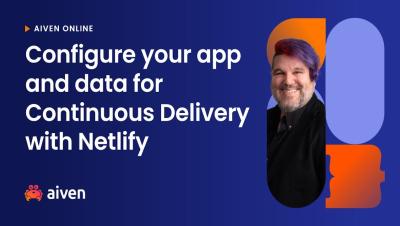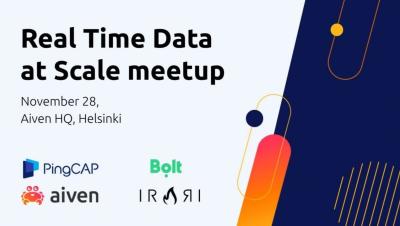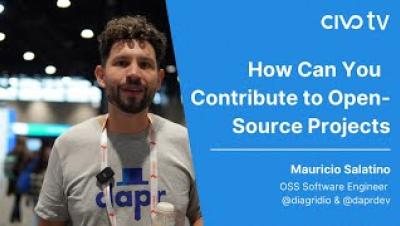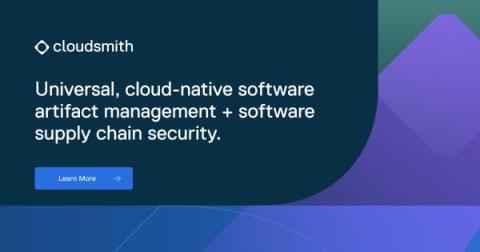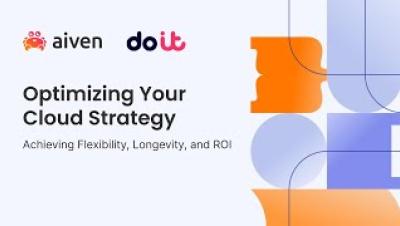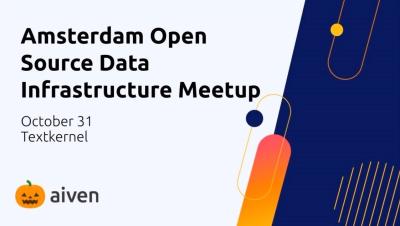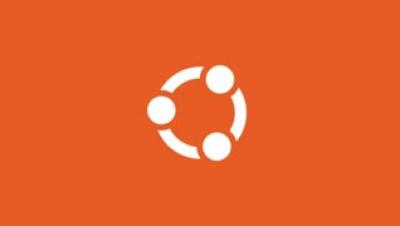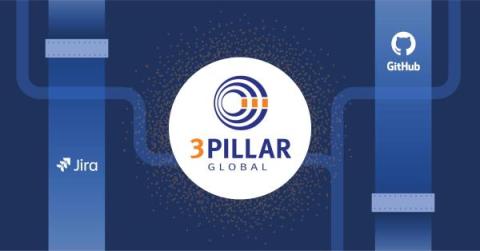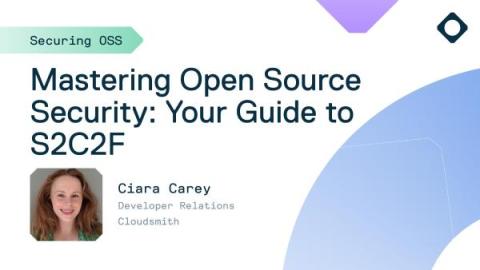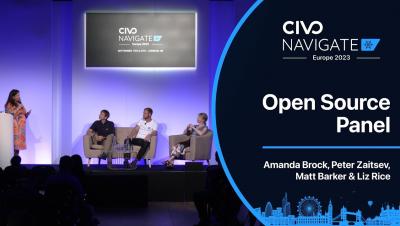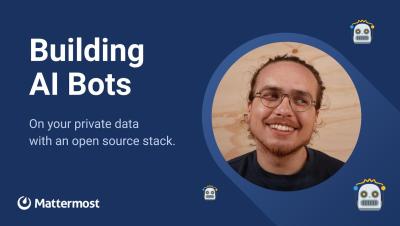Operations | Monitoring | ITSM | DevOps | Cloud
November 2023
Real Time Data at Scale meetup, hosted by Aiven - Helsinki, 28th November 2023
How Can You Contribute to Open-Source Projects with @salaboy - KubeCon NA 23 Insights - Civo TV
Secure Open Source Consumption: Level 1 of S2C2F
Uncover how to reach Level 1 in S2C2F a framework for secure OSS consumption.
Introducing the Functional Source License: Freedom without Free-riding
Sentry started life in 2008 as an unlicensed, 71-line Django plugin. The next year we began publishing it under BSD-3, and ten years later we switched to the Business Source License (BSL or BUSL). Last year we purchased Codecov, and a few months ago we published it under BSL/BUSL as well. That led to some vigorous debate because of our use of the term “Open Source” to describe Codecov, from which emerged this helpful suggestion from Adam Jacob, co-founder of Chef.
Find your perfect movie with ClickHouse, vector search, Hugging Face API, and Next.js
Optimizing Your Cloud Strategy | Achieving Flexibility, Longevity, and ROI
Innovate at speed with open source AI
Career Ownership: The Open Source Way by Nikita Koselev - Navigate Europe 23
OSDI (Open Source Data Infrastructure) Meetup - Amsterdam, 31st October 2023
Trusted open source for everyone
3Pillar Global picks Mattermost for open source adaptability
As a software product company that helps customers bring new products to market, 3Pillar Global relies on tight-knit coordination and communication to move projects forward. When the team was looking for a new collaboration solution that would enable them to communicate in real time, they looked for an open source option.
Mastering Open Source Security: Your Guide to S2C2F
Welcome to our 2nd blog in our series on how to securely consume Open Source Software (OSS). Attacks targeting OSS are on the rise, making the security of your software supply chain a top priority. The 1st blog gave an overview of some of the most common types of attacks. Today we’ll explore the Secure Supply Chain Consumption Framework (S2C2F) that can help you mitigate against these attacks.


